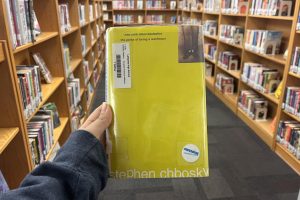Lafayette students, staff share reactions after first two weeks of virtual learning
Long-term speech and theater teacher Megan Dill works in her classroom after school to prepare for a Zoom meeting. Curriculum Night this year is set to be completely virtual with teachers talking to parents and students during designated Zoom sessions.
September 6, 2020
The past two weeks have marked the beginning of a brand new school year, but unlike other years, students have been adjusting to online learning, which has prompted mixed feelings from both students and staff.
Students are currently participating in daily Zoom calls for each of their classes, as well as homework assignments, but this new format is causing a lack of focus or motivation for some students.
Junior Alexis Tao said, “I’ve kept up with all the Zoom calls and done all the assignments, but I feel way less motivated to complete them. Right now I’m in two A.P. classes and it’s definitely harder because A.P. classes move so fast.”
Tao is not alone in this sentiment.
Senior Lianna Littauer said, “Because of everything being on a computer, and not having fun breaks where you get to see your friends, it can get really draining really fast.”
In addition to adjusting to online school, freshmen students are at the same time adapting to beginning high school, itself.
Freshman Matthew Vehige said, “It was a bit stressful at first starting online school and high school at the same time, but I’ve just been making a schedule so I don’t feel lost.”
Nonetheless, students have discovered various ways to help each other to stay on track with school.
“I have been FaceTiming my friends, whether it is for help on work or just trying to stay connected to each other,” Littauer said.
Junior Kyla Davis has acted similarly, saying, “I have reached out to my friends for study help and to go over materials.”
Beyond the switch to online learning, students are also conforming to the split-quarter schedule, in which some of their classes take place in the first quarter, and others in the second quarter. Some have said they appreciate the opportunity to focus on fewer subjects, rather than be overwhelmed by taking all of their classes at once online. Still, others are nervous about getting all of the curriculum in a nine-week period for a class that usually takes place over the time span of a semester.
“I like the quarter split because of the lighter workload and shorter school day. However, I don’t like learning a whole semester in one quarter,” Tao said.
Students also reported they are looking forward to the possibility of returning to in-person school, but junior Nathan Rothweiler is looking on the bright side of the situation.
“I am looking forward to the experience that [online school] will give me, and the better preparation for other changes in schooling that could happen in the future,” Rothweiler said.
However, students aren’t the only ones reflecting on their experiences in the first couple of weeks. While students are working through the new online learning at home, the staff faces its own challenges in the building. With each class being condensed from a semester to a quarter, there had to be a shift in curriculum. Teachers have had to cut content and shorten lessons to fit everything into their shortened amount of time.
Language arts teacher Jeff Landow said, “I am still learning how to do this. All of my lessons are designed for 45-minute periods or 90-minute periods, so figuring out what to cut or edit to adapt for 60 minutes is still a bit of a challenge.”
While teaching in a shortened time frame is a challenge, teaching virtually has presented a lot of its own issues. With students being at home, everyone’s bandwidth is different, presenting issues such as lags and other glitches.
Additionally, teachers are navigating Zoom and Canvas, some for the first time in their careers.
Special education teacher Daniel Horst said, “Canvas was a bit overwhelming for me, initially, because I had mainly used Google Classroom prior to this year. I am feeling more confident with it, and we have a great team of Canvas coaches in our building to help whenever there are issues.”
The biggest challenge to present itself thus far though, as most teachers agree, is students not being physically present in the classrooms.
Family and consumer science teacher Lauren Arnet said, “Child Development is such a discussion-based course. We talk about sensitive topics that are easier to address when relationships have been built in the classroom. I worry that my students will not get the same out of the course that they would if we were able to be together.”
Most teachers interviewed agreed the first couple of weeks of school have presented some challenges, but also many accomplishments.
“I would say my biggest accomplishment is surviving this first week. I started feeling poorly on the first day of school and have since tested positive with COVID. I’m exhausted and overwhelmed, but I feel like my classes can’t even tell that I’m not feeling 100%. That’s the actress/teacher in me,” Arnet said.
Prior to a positive test result, Arnet had been given permission to work from home. She is currently quarantining at home and will be clear to return to school to work from her classroom next week. No one else in her department was exposed and required to quarantine due to her positive test result.

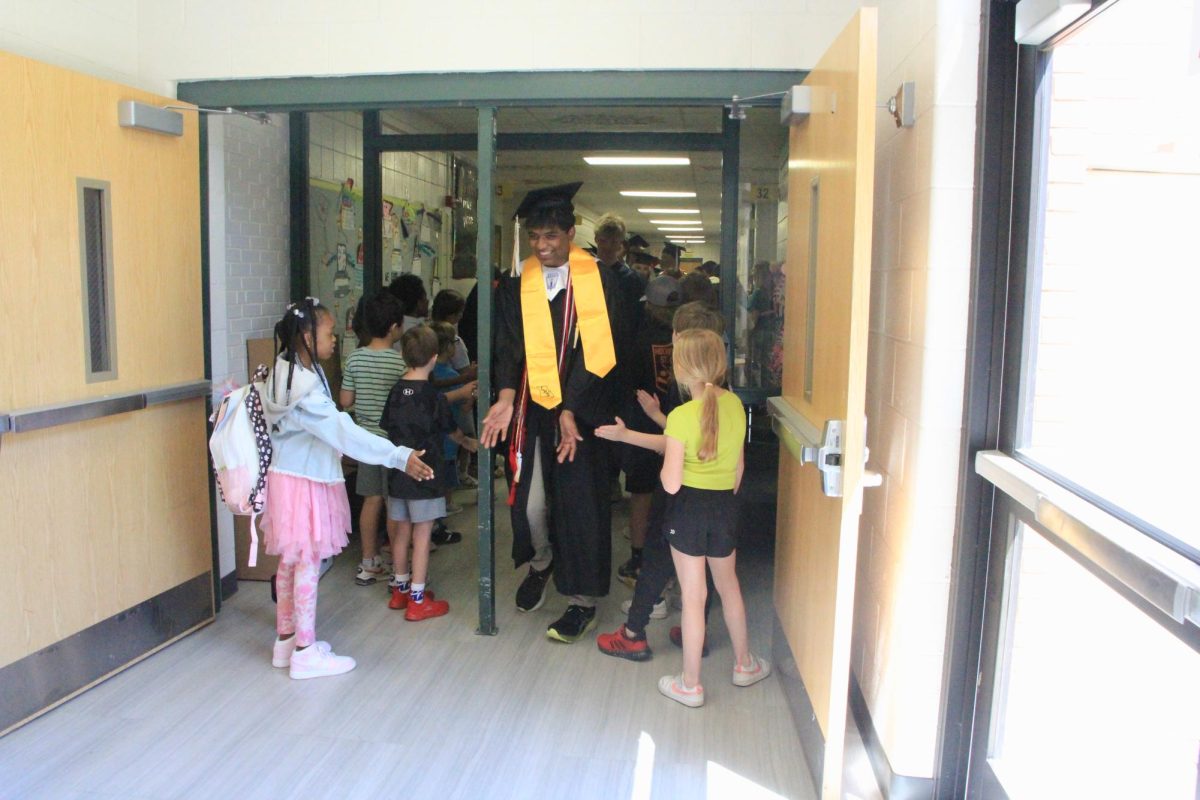
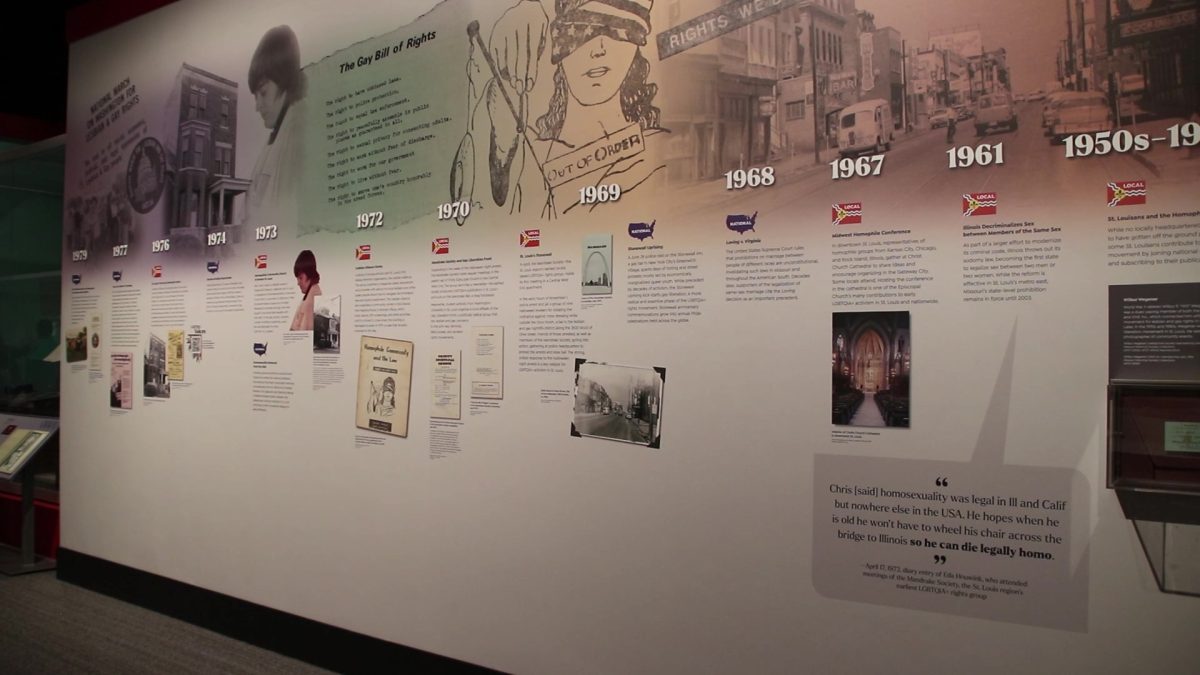
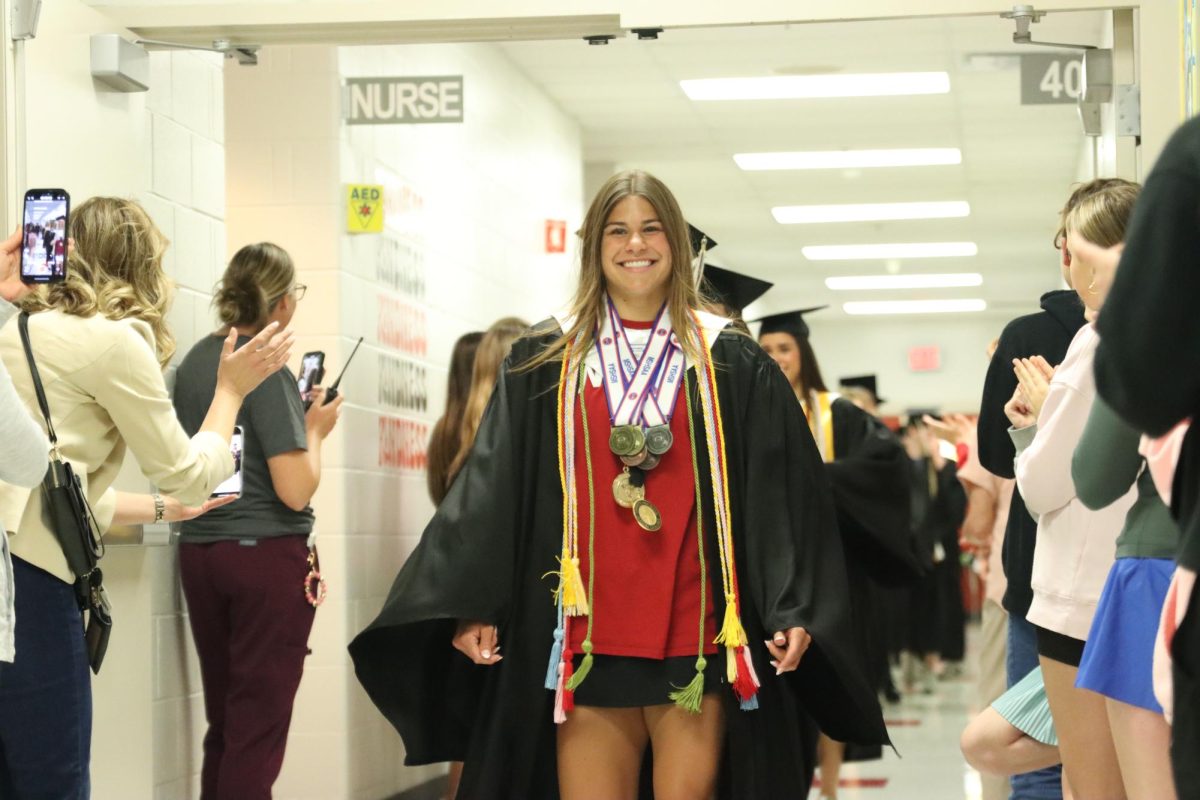
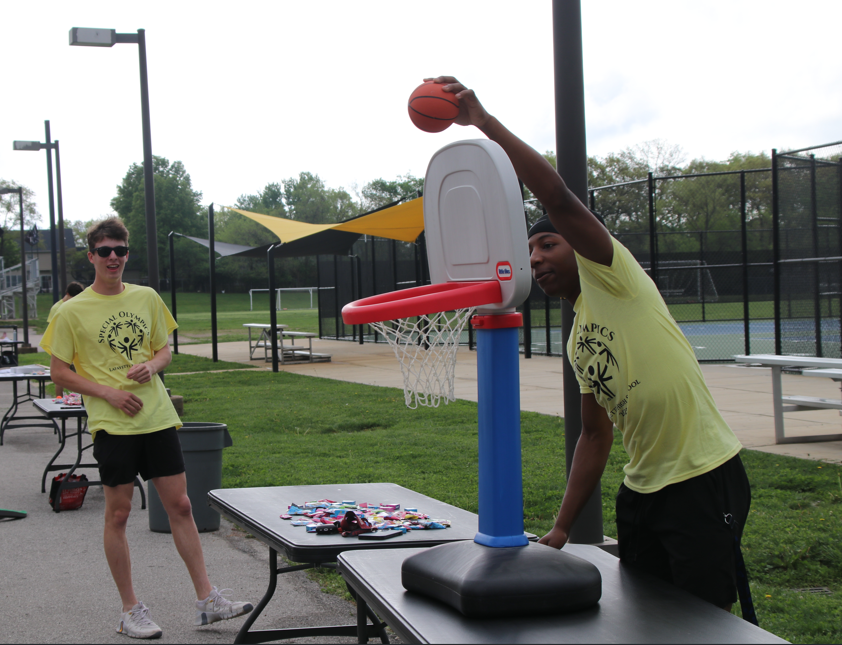


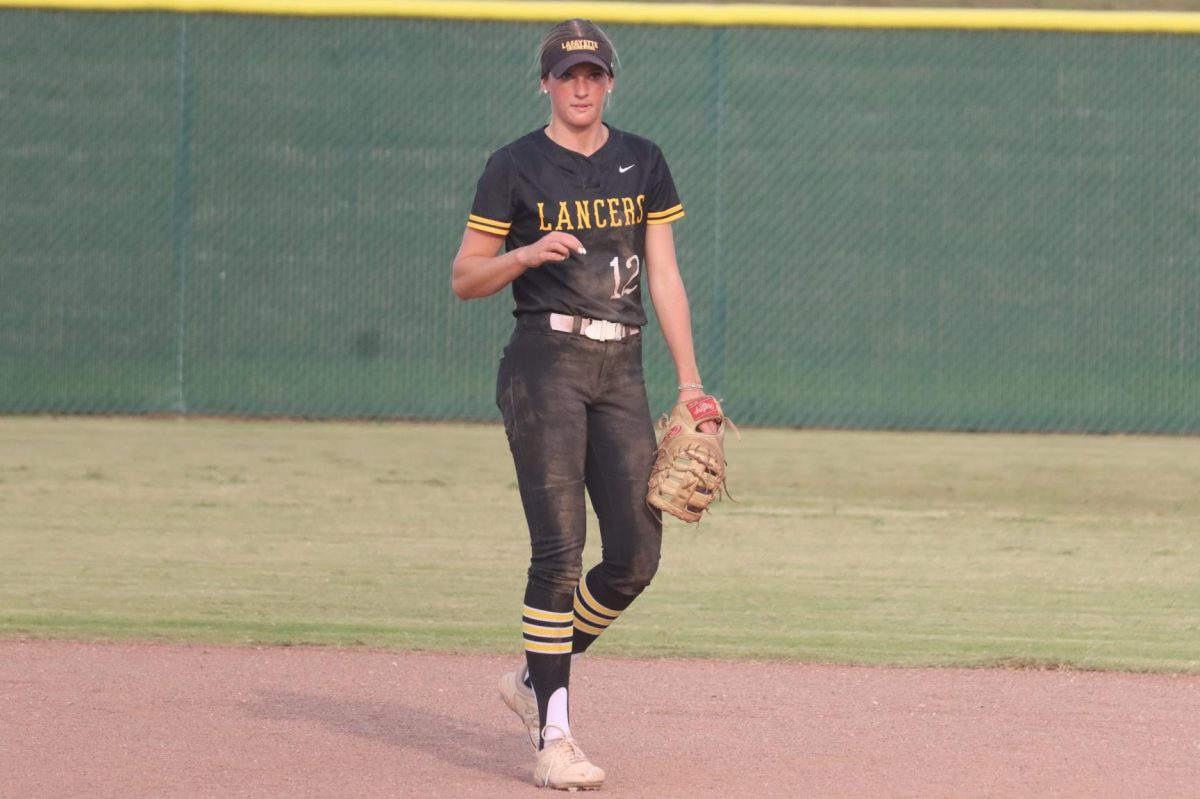

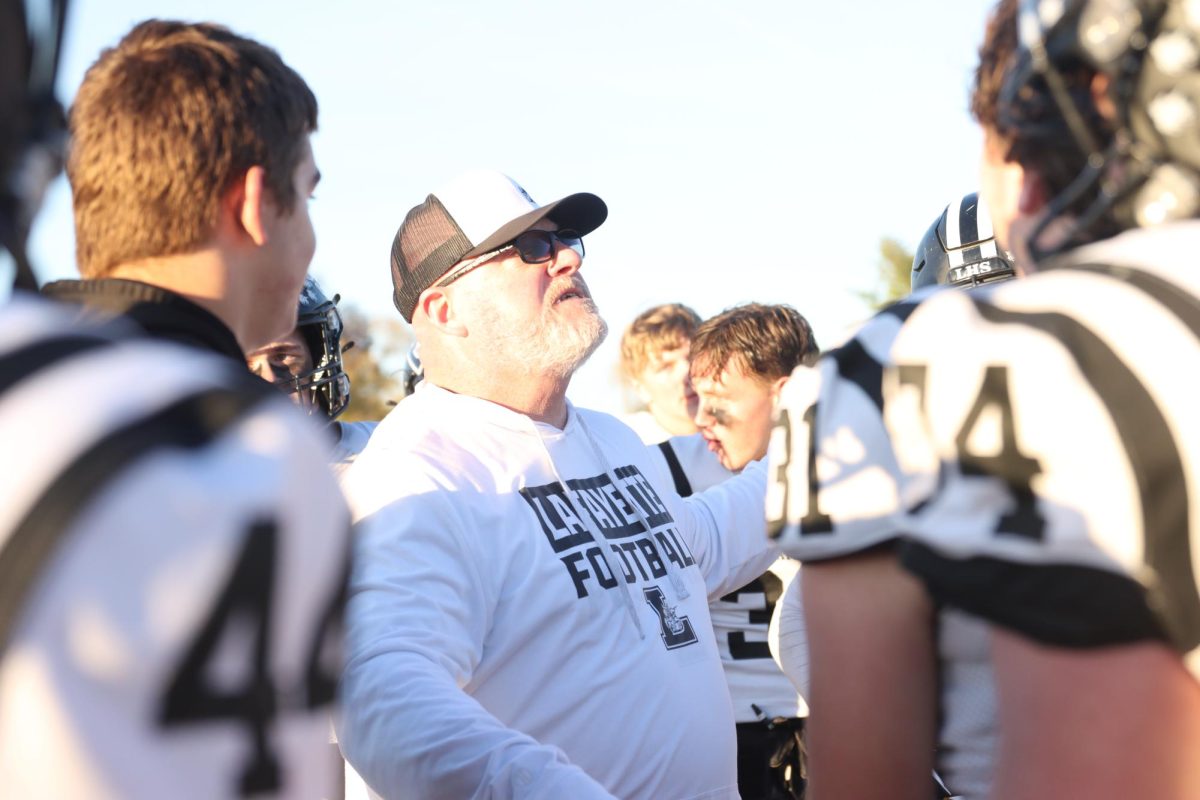
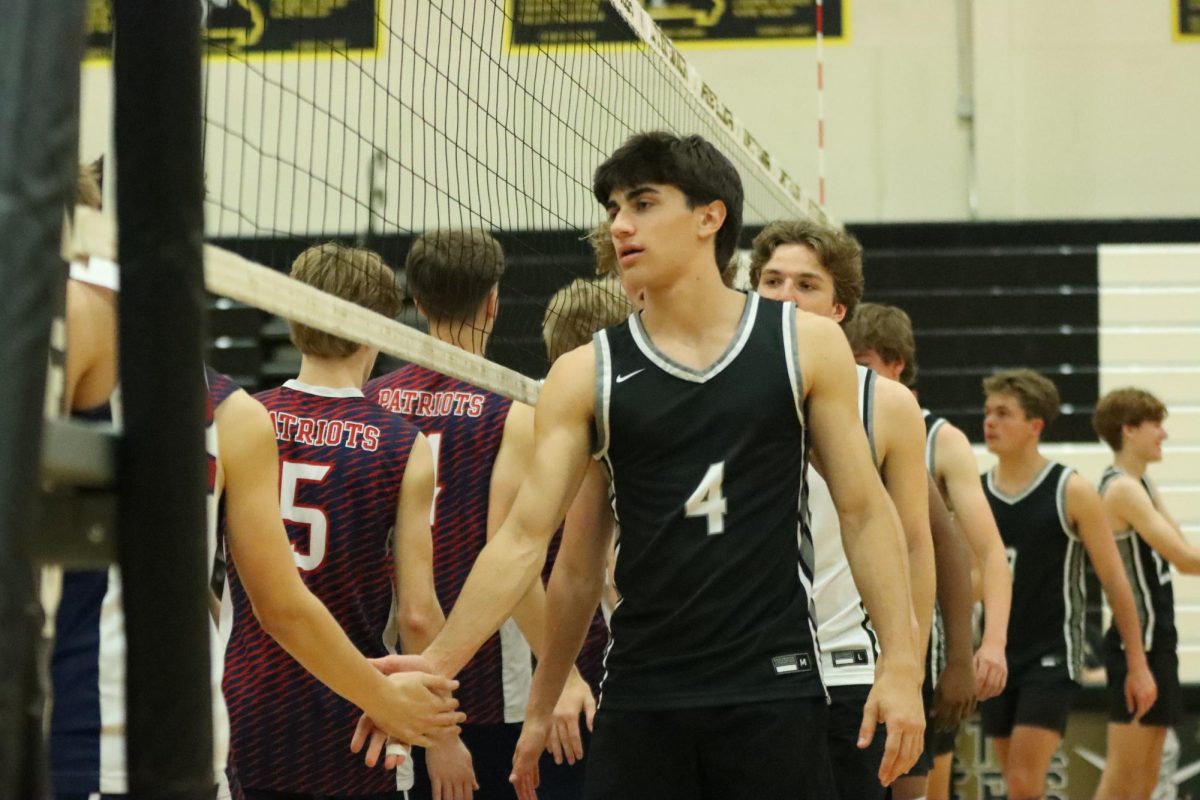

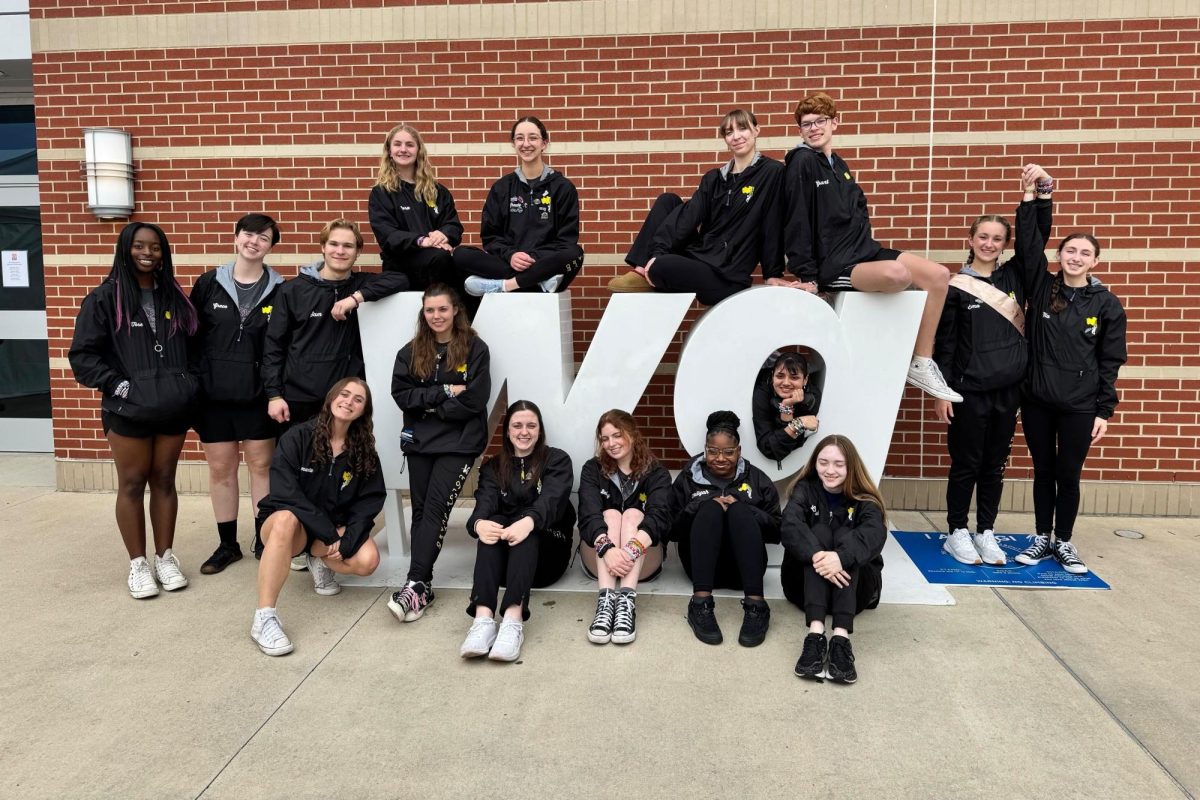





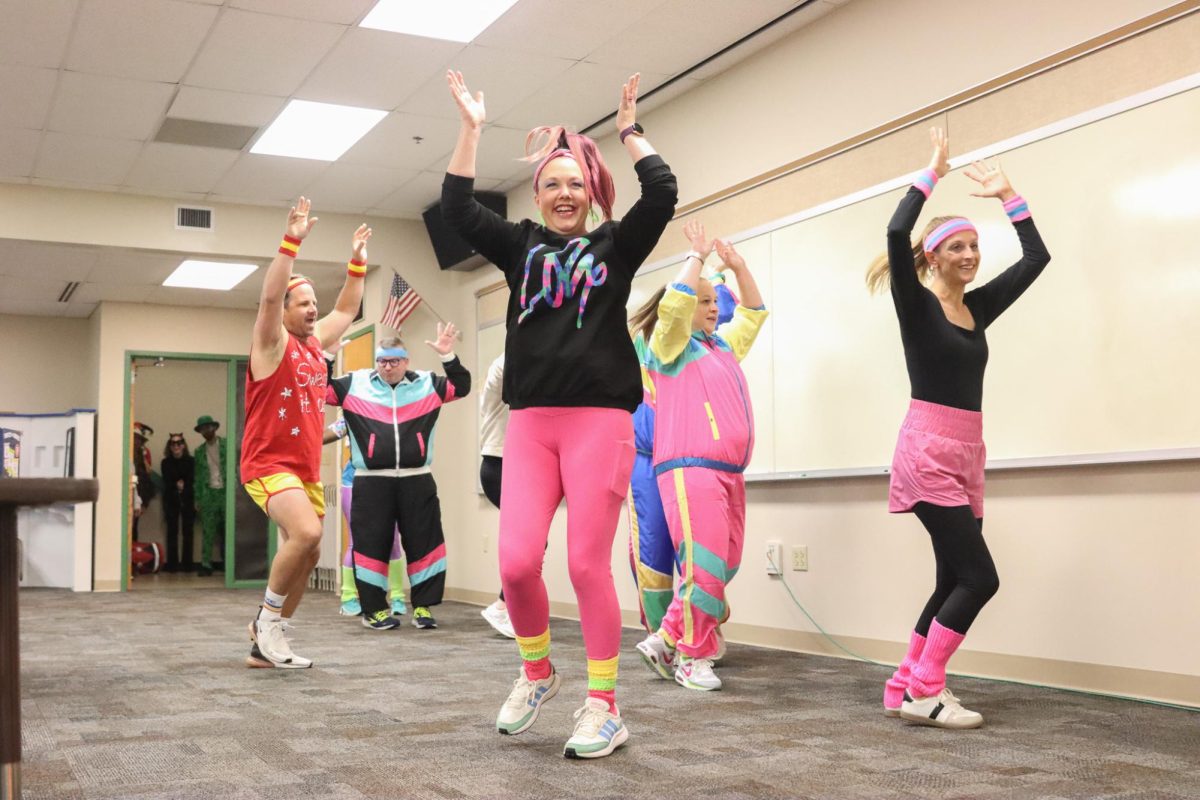
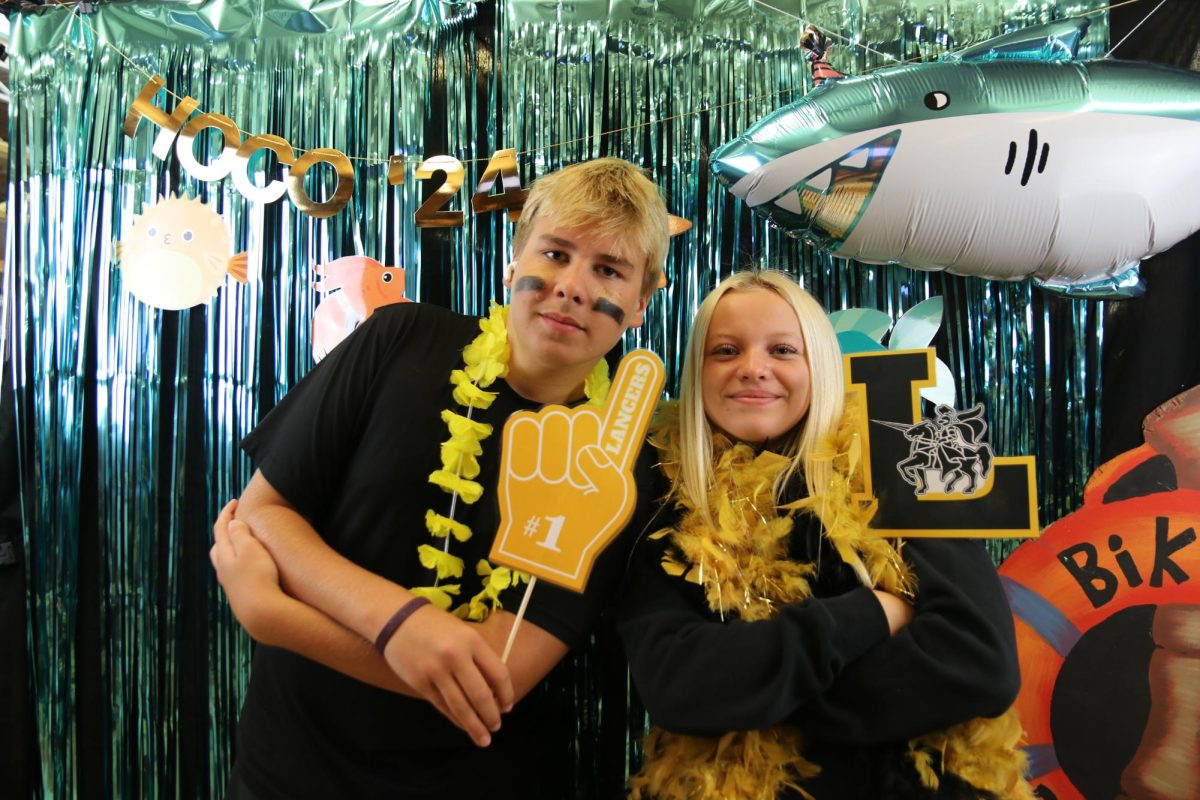
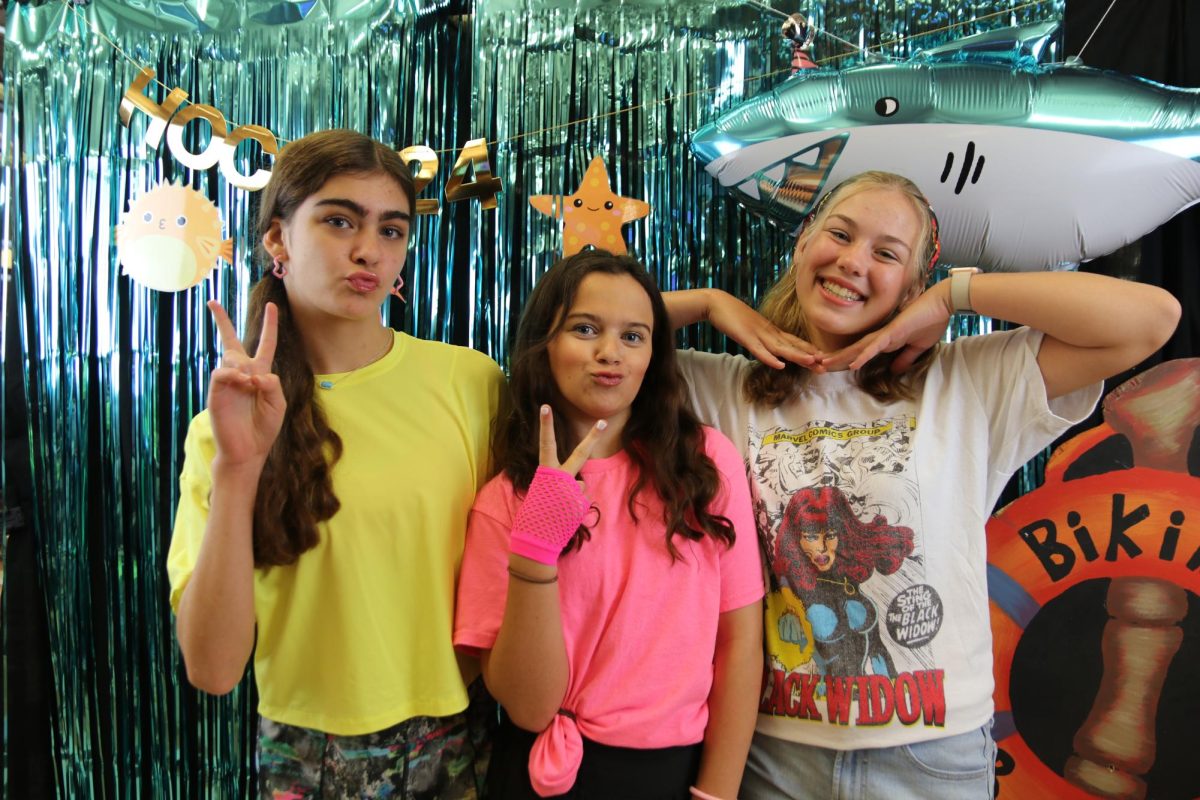




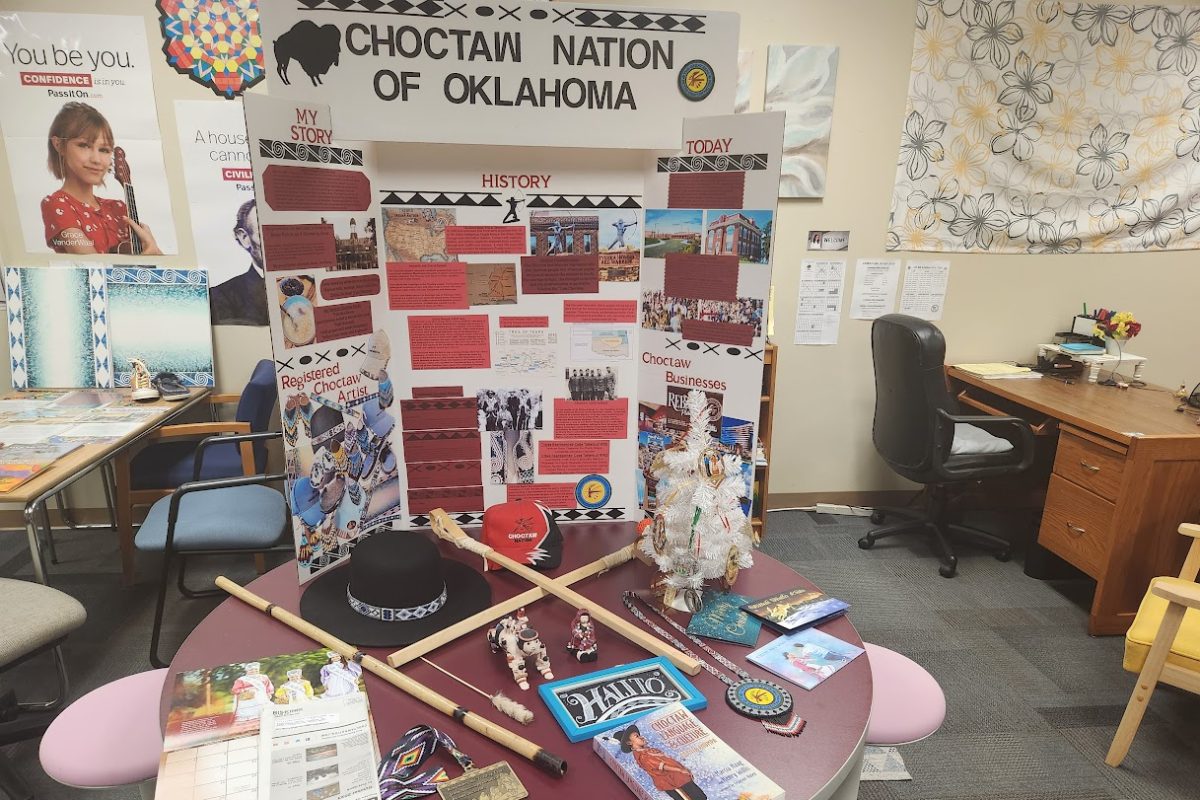
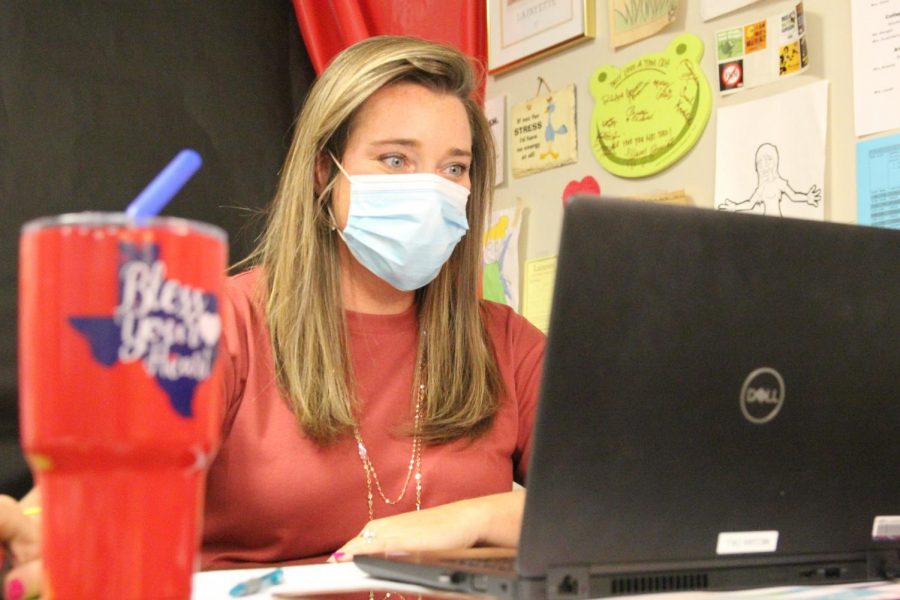



![As part of the Lafayette community, local youth soccer club Rockwood United SC took part in the annual Homecoming Parade. The club was created by former LHS soccer coaches, Saverio Traversa and Craig Wideman, to provide better quality soccer coaching. "We want to make sure that [soccer] is taught right, because when learned correctly it's the best sport in the world," Wideman said.](https://lancerfeed.press/wp-content/uploads/2024/04/IMG_4632-e1714576359118-300x200.jpg)
